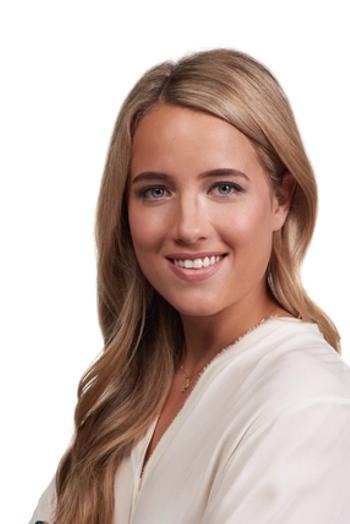
4 challenges and 4 solutions to improve the locum tenens credentialing process
Credentialing is a critical undertaking no matter the size of your practice. Here's how to make the process less cumbersome.
Credentialing is a critical undertaking no matter the size of your practice. Both the internal credentialing and privileging process or the insurance payer credentialing process are necessary-and important-to ensure physicians are ready and able to see patients.
Locum tenens physicians play a key role in healthcare delivery, providing care for facilities that may not otherwise be able to see patients. But before physicians can go to work, they first need to go through a facility’s credentialing process.
Because almost every healthcare facility has a different setup, we have partnered with the
The four most common challenges we found were:
- Getting complete and accurate information from providers. This includes pain points such as not having paperwork filled out completely and not having up-to-date procedure logs, references, or curriculum vitae.
- Communicating with both internal and external stakeholders. Communication was a big issue on all sides of the credentialing process. Recruiters, staffing firms, and medical staff services all need to talk to each other more.
- Completing reviews in a timely manner. The duration of the credentialing process was also a struggle on all sides. Whether it is getting accurate information from the staffing agency or vetting the physician with the correct people within a facility, a lengthy credentialing process directly impacts how long before a physician can start seeing patients.
- Making the right provider match. A less significant, but critically important, challenge is matching the right provider with the right job. Presenting unqualified or mismatched providers for openings was a problem healthcare facilities regularly faced when recruiting locums physicians.
Since facilities have different workflows, it’s impossible to say there is one perfect way to credential a physician. However, here are four foolproof ways to improve any process:
- Agree on the application process. Whatever your process might be, make sure the physician or staffing agencies know exactly what you need-and when you need it. Set expectations on how you want to work together to complete the application process and agree at the outset what constitutes a completed application.
- Communicate the details of your credentialing process. Some facilities have bylaws that outline how credentialing works. Others will delegate the majority of the credentialing process directly to the staffing agency. To improve collaboration and speed, make sure the agencies know where they can help and what is not allowed. The same goes for your privileging process, if different from credentialing.
- Write more detailed job and practice descriptions. Thorough practice descriptions and job descriptions will better enable the agency to provide you with applicants who match your requirements. A more in-depth job description also attracts more qualified and interested physicians. By attracting better qualified applicants the first time around, you can reduce time spent filtering out unacceptable candidates during the credentialing process.
- State your expectations early and watch for red flags. Ensure both the provider and the staffing agency know what you expect from them. If anything jumps out as you review past work, ask the provider about it-no matter how seemingly minor or trivial. It is better to identify and fix concerns early in the process rather than discovering something right before the physician goes to work. Just because there are some concerns doesn’t mean the physician is the wrong fit, but it does mean you need to address it.
Is it time to streamline your process?
Streamlining your process could result in less time spent credentialing, faster reviews, and improved communications with both internal and external stakeholders. Credentialing is inherently complicated. However, adopting some, or all, of these tips can make for a smoother experience, make working with outside agencies and providers easier, and help your patients be seen by a physician faster.
Lisa Grabl is president of
Newsletter
Optimize your practice with the Physicians Practice newsletter, offering management pearls, leadership tips, and business strategies tailored for practice administrators and physicians of any specialty.






